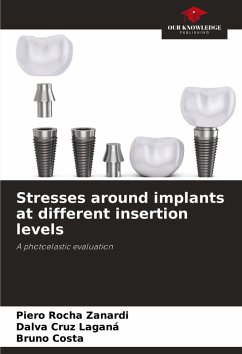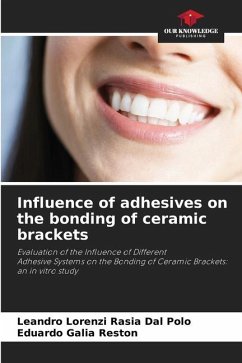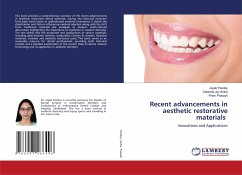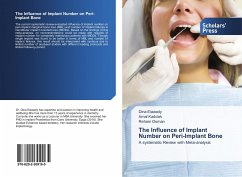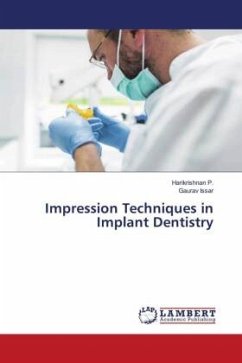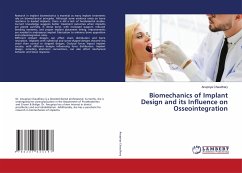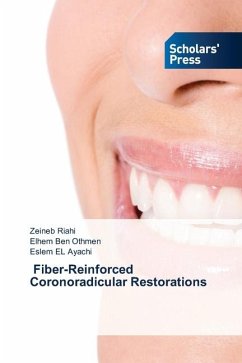
Influence of the restorative material on a monolithic implant crown
In silico analysis of stress distribution
Versandkostenfrei!
Versandfertig in 6-10 Tagen
22,99 €
inkl. MwSt.

PAYBACK Punkte
11 °P sammeln!
The aim of this study was to evaluate the influence of the prosthetic crown material on the biomechanical performance of the stress distribution received by the abutment (universal trunnion), implant (cone morse) and bone tissue (cortical and medullary) in the first molar region, using the finite element method (FEM). Three different monolithic ceramic system materials for CAD/CAM (Computer Aided Design/Computer Aided Manufacturing) were analysed, represented by models: DL - lithium disilicate, RN - nano ceramic resin and CP - polymer infiltrated ceramic. The virtual models of the prosthetic c...
The aim of this study was to evaluate the influence of the prosthetic crown material on the biomechanical performance of the stress distribution received by the abutment (universal trunnion), implant (cone morse) and bone tissue (cortical and medullary) in the first molar region, using the finite element method (FEM). Three different monolithic ceramic system materials for CAD/CAM (Computer Aided Design/Computer Aided Manufacturing) were analysed, represented by models: DL - lithium disilicate, RN - nano ceramic resin and CP - polymer infiltrated ceramic. The virtual models of the prosthetic crowns received occlusal compressive loading at 5 vertical points of 200N. The results obtained were the highest stress values for NR in the cortical and medullary bone, implant and abutment, followed by the CP results, and the lowest DL values. In the crown, the highest values were for DL, with average values for CP and the lowest values for the RN model. It can be concluded that the material of the crown influences the distribution of stresses and according to the results, the DL model showed better biomechanical behaviour.





